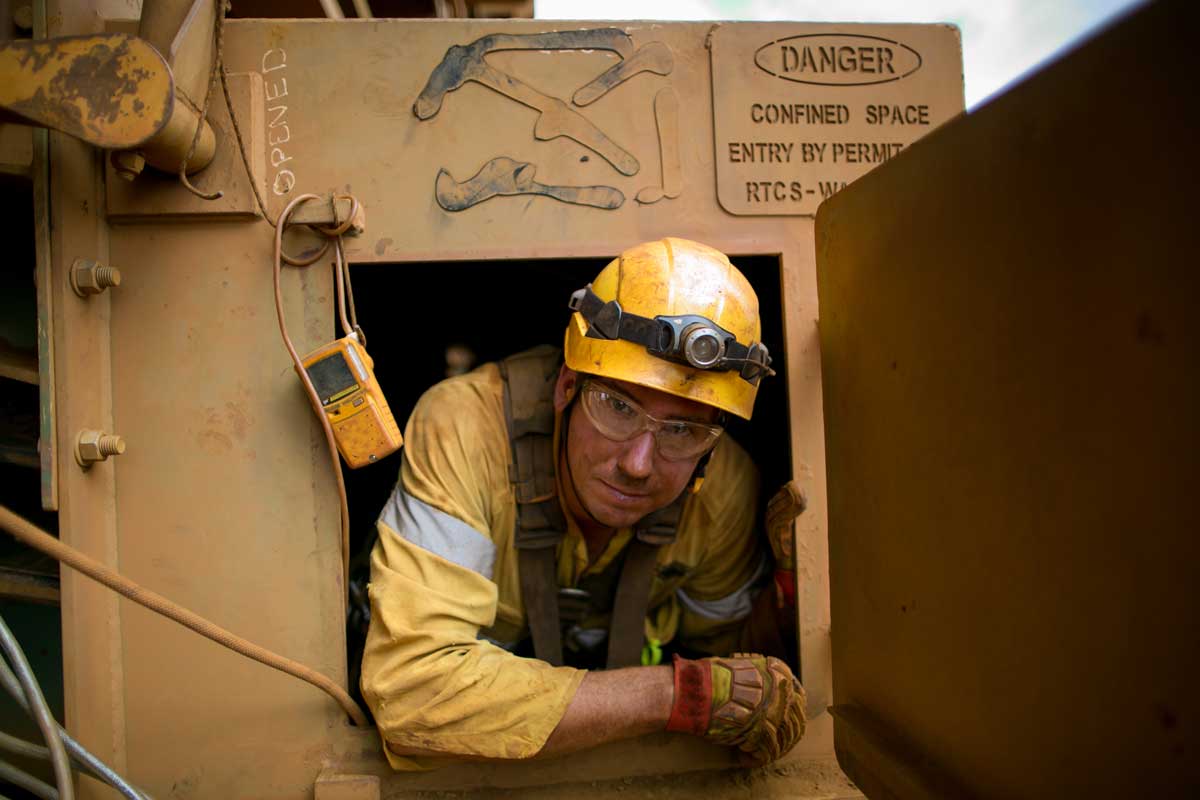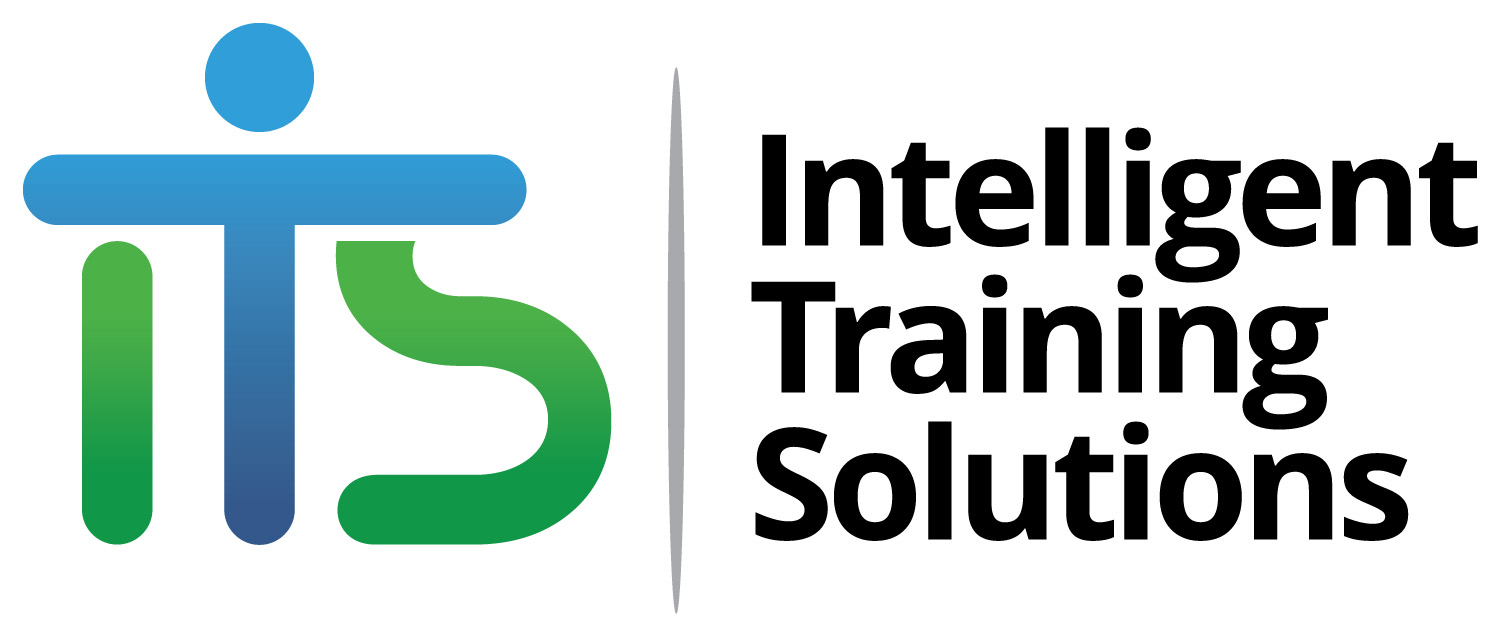
Confined spaces present serious health and safety risks, which is why certified entry training and first aid CPR are so important for workers in tight areas like tunnels, tanks, chimneys, pits, sewers, silos, or wells. Intelligent Training Solutions reviews the best practices for safe working environments, as detailed in certified confined spaces training.
Risk Assessment
First, it’s important to understand the risks of working in confined spaces where the hazards are not always apparent or visible to the naked eye. Bacteria and other biological hazards, as well as exhaust fumes, flammable gases, and low oxygen levels, are all potential risks to take seriously when working in enclosed areas. As outlined by WorkSafe Victoria, before entering a confined space, employers should complete a risk assessment to confirm it’s actually necessary for people to enter the space. Part of a risk assessment includes highlighting the most likely hazards and running through emergency procedures.
Signage
Another important aspect of confined spaces training is signage, as every confined space must be clearly marked with visible signs. According to Victorian safety regulations, only employees with valid permits may enter a confined space, as they need to complete comprehensive first aid CPR training and emergency preparedness sessions. Entrances and exits should have adequate signage and be wide enough for free access for workers with protective gear and rescue equipment. Ladders and walkways should always be marked, too.
Ventilation and Observation Equipment
Before working in a confined space, employers must confirm the area is as well-lit and ventilated as possible. Harmful vapours, flammable gases, and dropping oxygen levels are serious risks associated with confined spaces, so mechanical ventilation systems like fresh air extractors or blowers are essential. All equipment used in confined spaces needs to be flameproof and non-sparking, and the ventilation system should be switched on before entry to confirm safety. It’s also recommended to have continuous ventilation near the work area and a vent exhaust directly out of the confined space.
Top Choice for Confined Spaces and First Aid CPR Training
You can learn more about safe working practices with comprehensive confined spaces training for employers and employees. Contact Intelligent Training Solutions with any questions about first aid CPR training or confined spaces training in Victoria.
